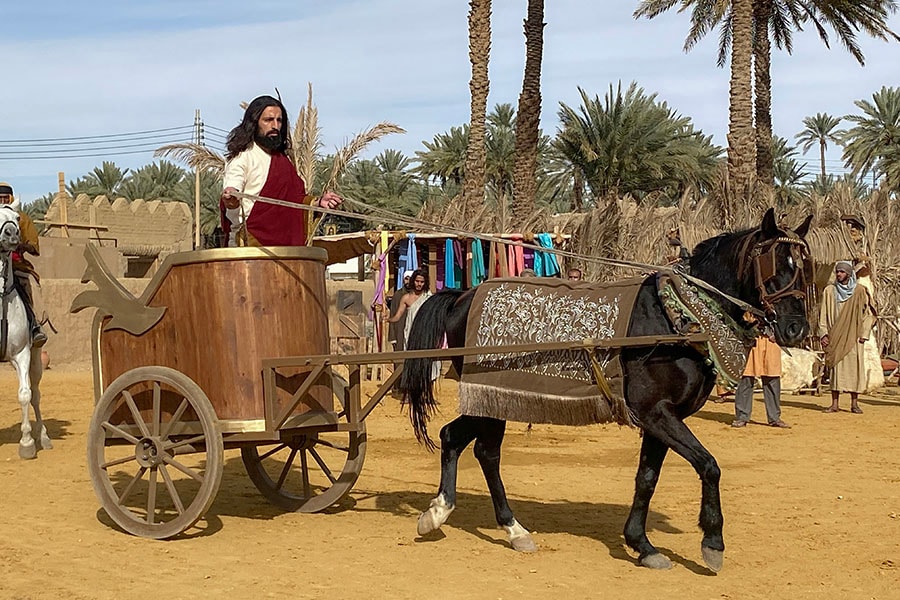
Travelling back in time, through the Incense Route, to Tayma
The desert oasis holds archaeological finds that speak of the rich history of Saudia Arabia
 Tayma, a lush oasis in the middle of the desert, provided the much needed water and rest to travellers and traders while connecting its settlers with various civilisations.
Credit: Courtesy RCU
Tayma, a lush oasis in the middle of the desert, provided the much needed water and rest to travellers and traders while connecting its settlers with various civilisations.
Credit: Courtesy RCU
Tayma comes as a bonus to me after a gratifying visit to AlUla in Saudi Arabia. A desert oasis of yore and an emerging archaeological hub now, Tayma—191 km from AlUla on the way to Tabuk airport—boasts its standing in ancient Arabian history as one of the oldest human settlements in Saudi Arabia.
As mentioned in the Hebrew Bible, Tayma’s biblical moniker seems to be Tema, son of Ishmael, after whom the land of Tema is named. Excavations in Tayma expose artefacts and monuments that shed light on the depth and complexity of the people who lived and thrived in this region thousands of years ago. A treasure-trove of history, Tayma has been a seat of prestige and power since it was strategically placed on the ancient Incense Route and has been a halting place for caravans crossing Arabia and a sister oasis to AlUla along this route. Tayma was also once the residence of Nabonidus, the last native King of Babylon. During the first century AD, Tayma was a wealthy Jewish settlement with many wells and other water sources.
As we stop at the visitor centre, the tour guides welcome us warmly with dates and kahwa. Our host Suleiman says, “The team of Saudi men and women have been mentored by archaeologists and trained by international museums to connect every visitor to the stories of this extraordinary open-air gallery. Many are from nearby towns and speak beautifully of their own connections to this place and its heritage.”
 Iron Age temple complex overlooking a vast landscape where there was once an ancient lake, and the remains of structures dating back to the Iron Age.
Image: Vijaya Pratap
Iron Age temple complex overlooking a vast landscape where there was once an ancient lake, and the remains of structures dating back to the Iron Age.
Image: Vijaya Pratap
The ancient temple of Salm
Fatima, our tour guide, leads us to the 3,000-year-old Iron Age temple complex overlooking a vast landscape where there was once an ancient lake, and the remains of structures dating back to the Iron Age. It had been buried beneath shifting sands for hundreds of years till it was rediscovered in the 1970s when some remarkable treasures were found in its ruins. A place of power, the complex was never used as a royal residence as it was primarily religious and it was altered and expanded over many centuries. Two discoveries were made in a room within the sanctuary: The Al Hama Stele and the Al Hama Cube, suggesting Babylonian influences and links between Tayma and civilisations thousands of miles away.













